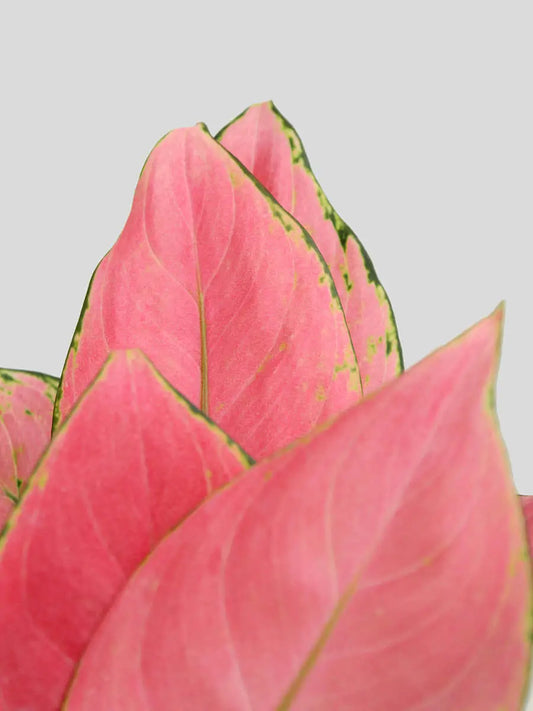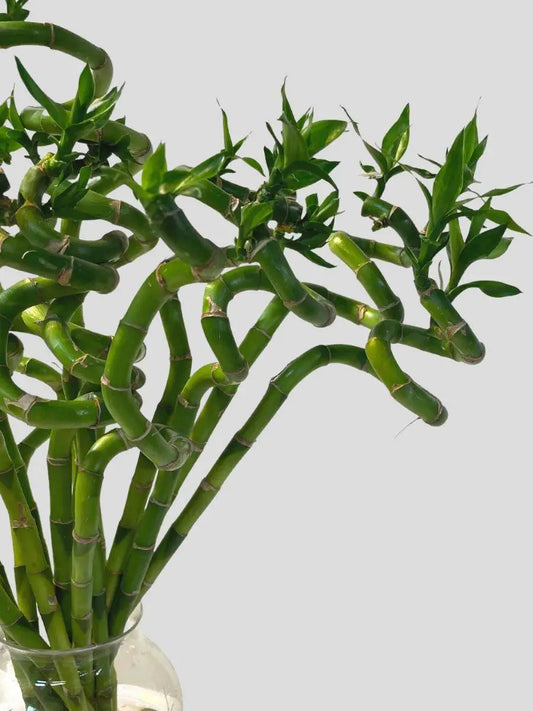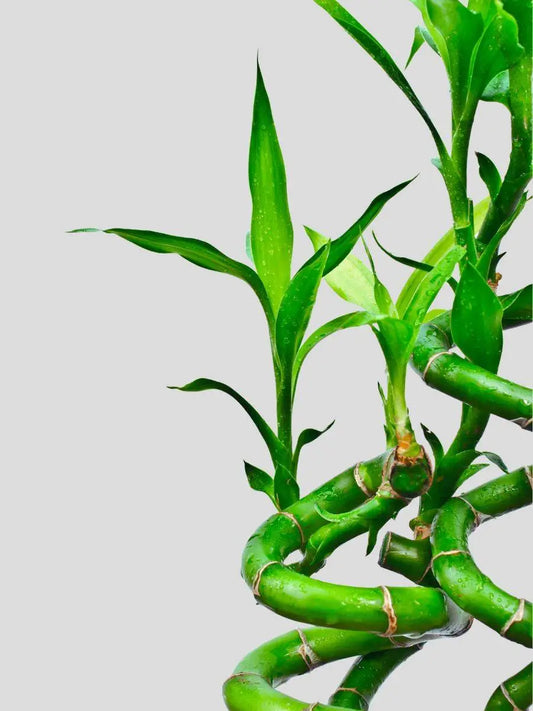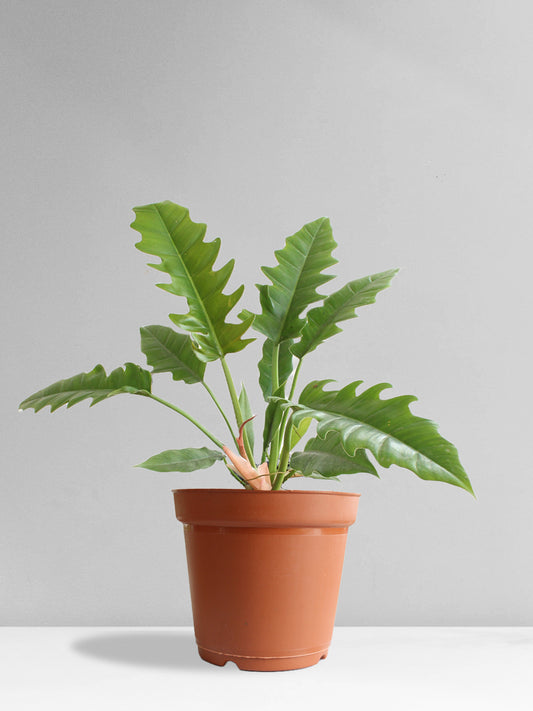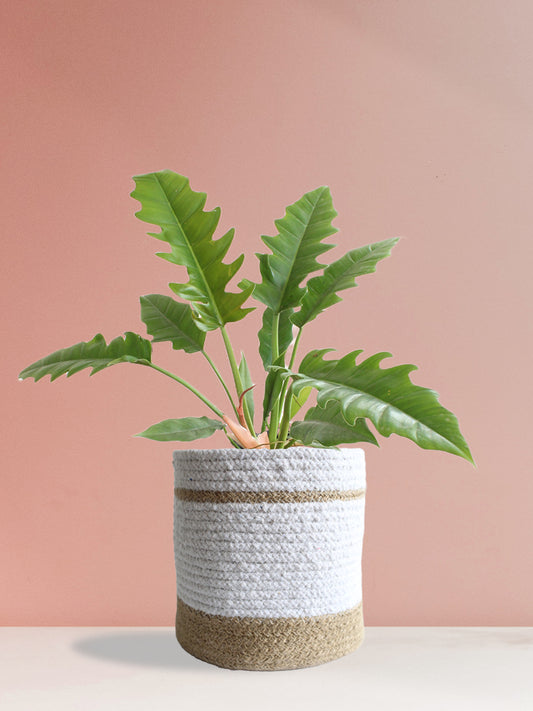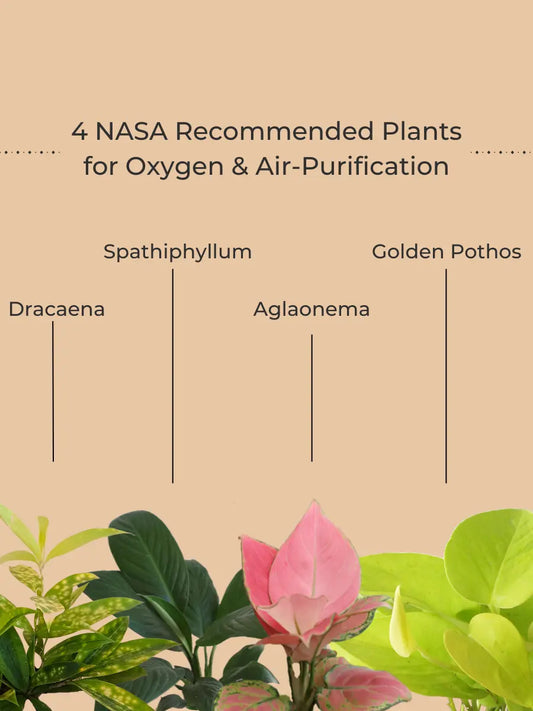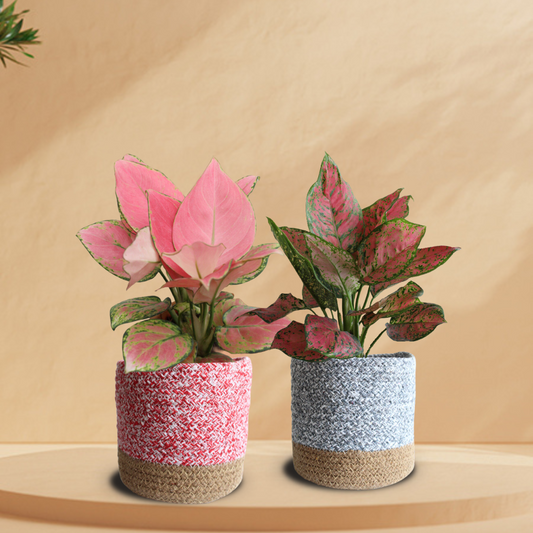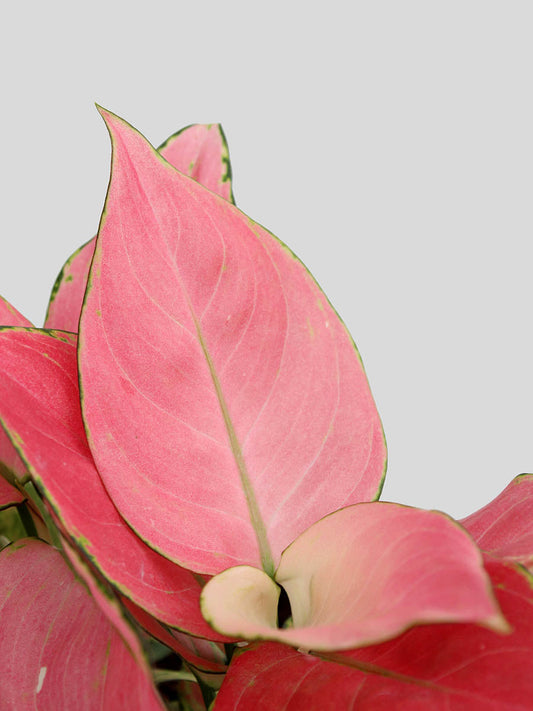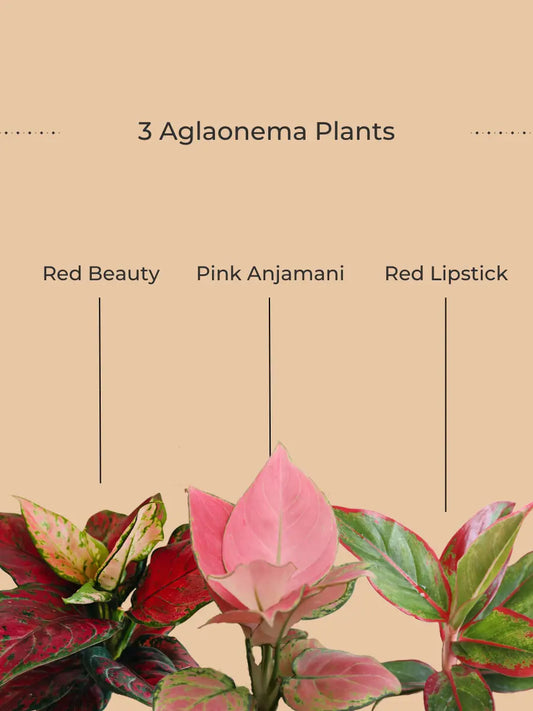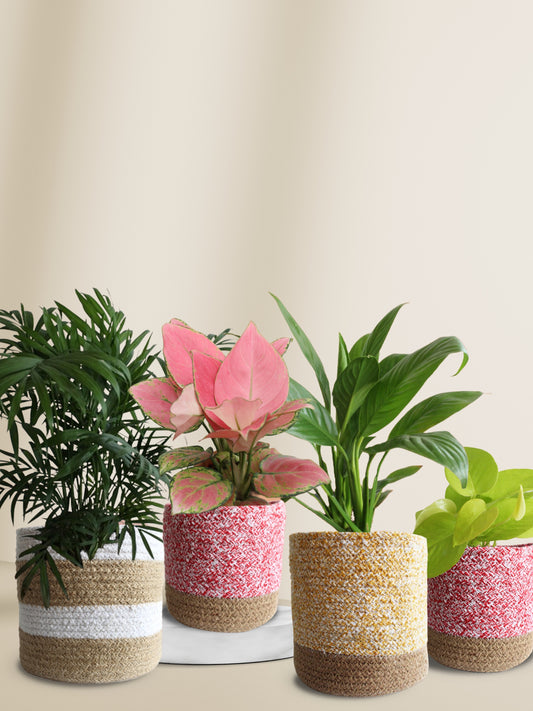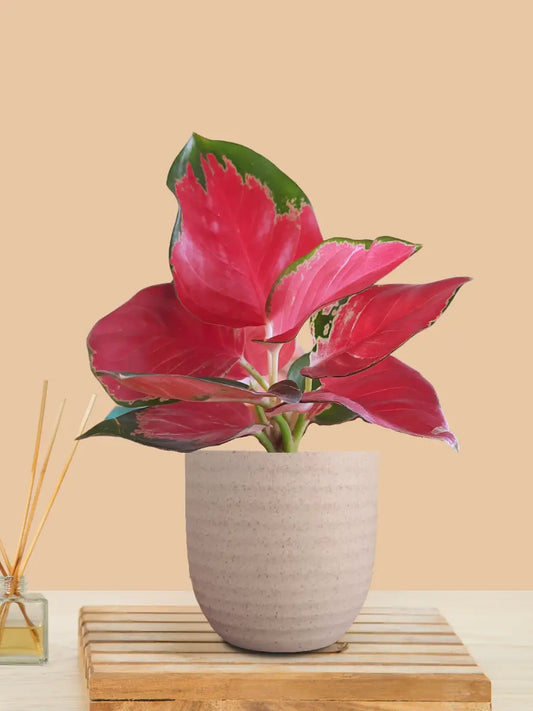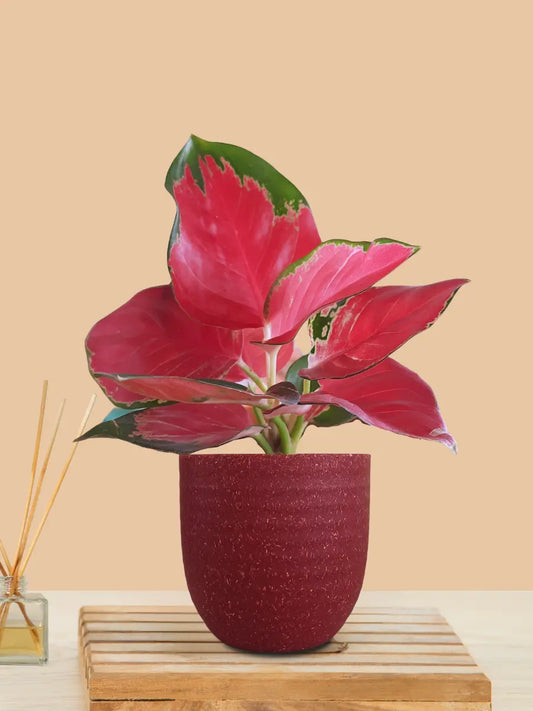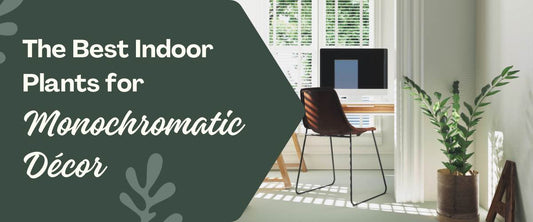Low Light Indoor Hanging Plants
Indoor plants are usually low maintenance and add a spark of beauty to the house and are increasingly becoming the popular choice for many homes and office spaces.
After all, your home is supposed to be the place where you find complete rest and an office is a place where you should be fresh and rejuvenated. That’s why the millennials and GenZ are switching to indoor hanging plants in order to uplift their mood and feel like they are relaxing right in the lap of nature.
Not to mention, luxuriant green indoor hanging plants ooze minimalism and glam. They are apt for a modern day home that relies more on calming colours. Their lush leaves add a much-needed hue to your home, allowing you to calm your feels and fill up your home with an earthy aroma. So if you are looking for the best low-light indoor hanging plants, we give you info on how to go about it:
Also Check This: Benefits of Jade Plants
Low Light Hanging Houseplants.
1. Best Low-Light Hanging Plant: Pothos
- Botanical Name: Epipremnum aureum
- Size: The typical size of a pothos plant is around 6 to 10 feet in length, with leaves growing up to 3-4 inches in length
- Blooming Season: Spring and summer
- Soil requirements: Pothos plants prefer a well-draining potting mix with good moisture retention.
Pothos symbolizes good fortune and wealth. Gifting a Pothos is the perfect way of wishing someone luck, happiness and prosperity in whatever they do in their life. Pothos is a popular low-light plant that can grow well in a hanging basket.
They can thrive in both low and bright light conditions and should be watered when the soil becomes dry. They are also known for their air-purifying properties and are said to bring prosperity to your home. It has heart-shaped leaves and comes in various sorts with different colours and patterns.
[product=money-plant-golden-small]
The most easy to care plant that brings prosperity to your home.
[/product]
Check This: Best Plants For Birthday Gift
2. Low-Light Hanging Plant: English ivy

- Botanical Name: Hedera helix
- Size: 20-30 ft. tall (6-9 m) and 15 ft. wide (4.5 m)
- Blooming season: Fall
- Soil requirements: Loamy, Moist, Well-drained, Fertile
English ivy is a classic indoor hanging plant that can grow well in low-light environments. English Ivy is a trailing plant that can be grown in a hanging basket and can be trained to climb walls or trellises.
English Ivy can be a good option for low-light indoor environments, particularly if you're looking for a trailing vine to add some greenery to your space. It has small, dark green leaves that create a lush look in low-light environments. Just be sure to provide it with enough water and avoid over-fertilizing it to keep it healthy and happy.
[product=english-ivy-variegated-small]
Its a classic indoor hanging vine plant. It can grow well in low light environments.
[/product]
3. Low Light Plant: Broken Heart Plant

- Botanical Name: Monstera adansonii
- Size: 6 to 12 inch
- Blooming Season: Mid-to-late spring to early summer
- Soil Type: Water or moist but well-drained soil
The broken heart plant, also known as the string of hearts or Ceropegia woodii, is a low-maintenance trailing plant that is often grown as an indoor plant. It can tolerate low to bright light but prefers bright indirect light. While it can survive in low-light conditions, it may not grow as vigorously or produce as many leaves as it would in brighter light.
Therefore, it may not be the best choice for a low-light indoor plant if you are looking for rapid growth and lush foliage. If you have a spot with bright indirect light, the broken heart plant can thrive and produce long, delicate vines that trail beautifully and look chic.
[product=broken-heart-medium]
Its one of the best low-maintenance plant with beautiful leaves.
[/product]
Also Check This: High Oxygen Producing Indoor Plants
4. Low Light Plant: Philodendron Oxycardium

- Botanical Name: Philodendron Oxycardium
- Size: 24 to 36 inches
- Blooming season: Late spring, early summer
- Soil requirements: Loose, well-draining
Philodendrons are popular indoor hanging plants that can tolerate low-light conditions. They can tolerate a range of light conditions, from bright indirect light to low light, making them versatile and adaptable to different indoor environments. In fact, Philodendrons often do well in areas with minimal natural light, making them a great choice for offices or rooms with few windows.
However, it's important to note that while Philodendrons can grow in low light, they will grow more slowly and may produce fewer leaves compared to those grown in brighter conditions. So, if possible, try to provide your Philodendron with some bright, indirect sunlight every now and then to encourage healthy growth.
Additionally, be sure to water your Philodendron regularly and avoid over-fertilizing it to keep it healthy, smiling and thriving.
[product=philodendron-oxycardium-golden-small]
A popular indoor hanging plant that is easy to care and air purifying.
[/product]
Learn More: All Things About Rajnigandha Flower Plant
5. Best Low Light Hanging Plants: Spider Plants

- Botanical Name: Chlorophytum comosum
- Size: 1–2 ft. tall and wide
- Blooming season: Flowers regularly
- Soil requirements: Loamy, well-draining
Spider plants are another great hardy, easy-to-grow plants that can thrive in low-light conditions. While they do prefer bright, indirect light, they can also thrive in areas with minimal natural light, making them a great choice for low-light indoor environments like offices or homes with few windows.
In fact, spider plants are known for their ability to adapt to different light conditions, and they can even grow well under fluorescent lights. So, if you're looking for a low-light indoor plant that's easy to care for and adds a touch of greenery to your space, spider plants are definitely worth considering.
Just be sure to water your spider plant regularly and avoid over-fertilizing it to keep it healthy and thriving.
[product=spider-plant-variegated-medium]
A great hardy, easy to grow indoor plant that thrives in low-light conditions.
[/product]
Check This: Low Maintenance Indoor Plants in Indi
How to Care for Low-Light Indoor Plants?
Caring for low-light indoor plants is similar to caring for other indoor plants, but there are a few key differences to keep in mind. Here are some general tips for caring for low-light indoor plants:
- Watering: Low-light indoor plants typically require less water than those that grow in brighter conditions. Be sure to check the soil moisture level before watering.
- Light: While low-light indoor plants can tolerate minimal natural light, they still need some exposure to light to grow and thrive.
- Humidity: Many low-light indoor plants come from humid environments, so they may benefit from increased humidity levels.
- Fertilization: Low-light indoor plants typically require less fertilizer than those grown in brighter conditions.
- Soil: Use a well-draining potting mix for your low-light indoor plants to prevent water from accumulating in the soil and causing root rot.
- Pruning: Regular pruning can help your low-light indoor plants stay healthy and maintain their shape.
By following these basic care tips, you can help your low-light indoor plants thrive and add a touch of greenery to your indoor space.
Also Check this: Best Indoor Plants as Per Vastu
Overall, these plants are all great options if you're looking for low-light indoor hanging plants. Just be sure to provide them with proper care and maintenance, including regular watering and occasional fertilization, to help them thrive.
These plants can add a touch of glam and greenery to your home or office and thrive in low-light conditions.
FAQs
Q1. What plants are suitable for a dark bathroom?
Ans. Pothos, Philodendrons, and Peace lilies are the best suited for a dark bathroom.
Q2. What is an air-purifying plant for dark rooms?
Ans. Pothos, Spider plants, Peace lilies, and Snake plants are the best air-purifying plants for dark rooms.
Q3. What is the easiest indoor hanging plant to grow?
Ans. Pothos, Spider plants, and English ivy are the easiest indoor hanging plants to grow.




